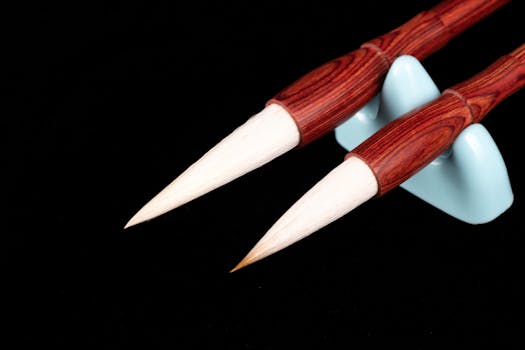
The Influence of Japanese Aesthetics on Global Design
Takeaways: Japanese aesthetics, particularly concepts like wabi-sabi and minimalism, have profoundly influenced global design trends. These principles emphasize simplicity, harmony with nature, and the beauty of imperfection, leading to innovative approaches in architecture, product design, and art. Understanding these influences can enhance the quality and emotional resonance of modern design.
Japanese aesthetics have a rich history, deeply rooted in the cultural, philosophical, and environmental contexts of Japan. As globalization continues to influence various fields, the principles of Japanese aesthetics have transcended borders, finding a place in contemporary design across the globe. This article delves into the core tenets of Japanese aesthetics and their remarkable impact on design worldwide.
The Essence of Japanese Aesthetics

One of the most influential concepts in Japanese aesthetics is wabi-sabi. This philosophy embraces the beauty found in imperfection and transience, celebrating the natural cycle of growth and decay. Wabi-sabi encourages designers to find beauty in the mundane, fostering a deeper connection between objects and their users. It invites us to appreciate the patina of age and the uniqueness of handmade items, which starkly contrasts with the mass production ethos prevalent in modern consumer culture.
Additionally, Japanese minimalism has gained international acclaim for its clean lines and uncluttered spaces. This design approach prioritizes functionality and simplicity, focusing on what is essential while eliminating the superfluous. Minimalist design encourages tranquility and mindfulness, allowing individuals to engage more fully with their surroundings.
Japanese Aesthetics in Global Design Trends
In recent years, the influence of Japanese aesthetics has permeated various design disciplines, including architecture, interior design, graphic design, and product design. Notable architects like Tadao Ando and Shigeru Ban exemplify the integration of natural elements and simplicity in their work. Ando’s use of concrete and light creates serene spaces that connect the indoors with the outdoors, while Ban’s innovative use of sustainable materials reflects a commitment to environmental harmony.
In interior design, the principles of Japanese aesthetics manifest through the concept of Zen spaces—areas designed to cultivate calmness and mindfulness. Designers incorporate natural light, greenery, and minimalist furnishings to create serene environments. The use of sliding doors, tatami mats, and natural wood further emphasizes a connection to nature, inviting tranquility into the home.
Graphic design also sees the impact of Japanese aesthetics, particularly in the use of negative space and typography. The Japanese approach often employs a balance between text and imagery, creating visual harmony that draws the viewer’s eye without overwhelming them. This technique is evident in branding and advertising, where simplicity and clarity are paramount.
Moreover, the global rise of sustainable design practices aligns with Japanese aesthetic principles. The focus on natural materials, craftsmanship, and the celebration of imperfection resonates with contemporary movements that prioritize environmental consciousness. Designers worldwide are increasingly adopting these values, leading to a shift towards more thoughtful and sustainable design practices.
Conclusion




